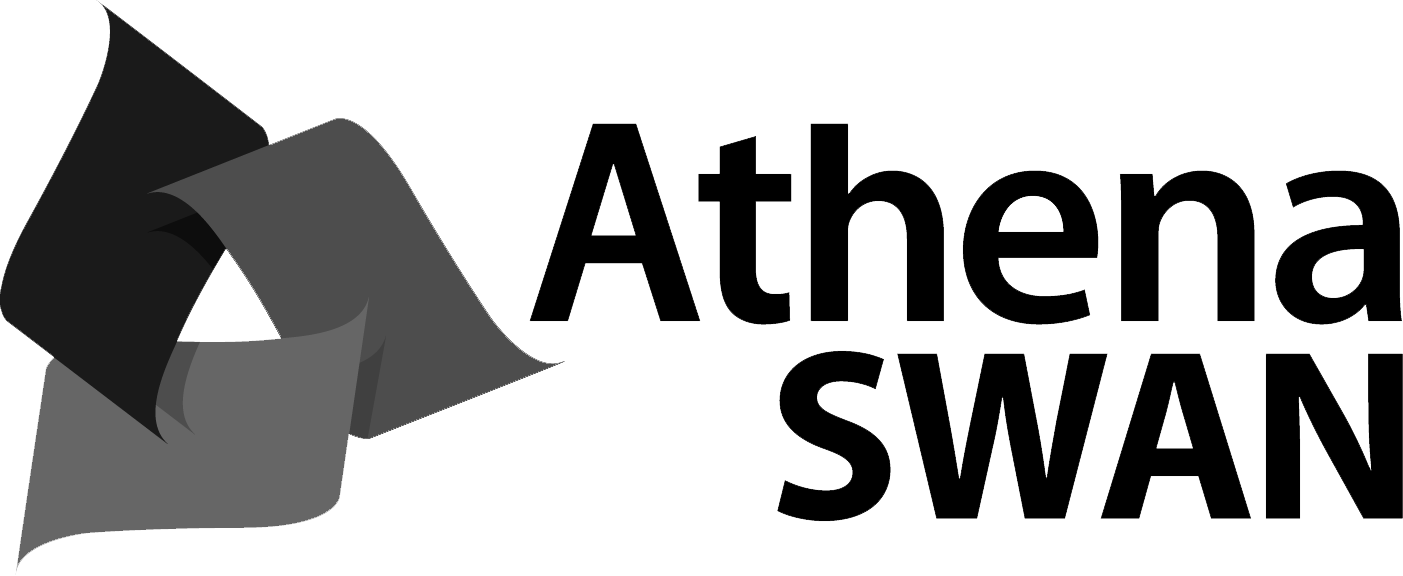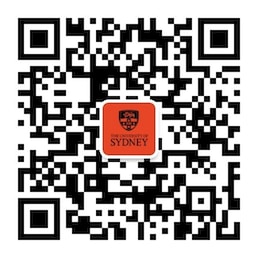This unit will provide the student with image interpretation skills and knowledge of the radiological and clinical indicators which are utilised to identify pathology of the axial skeleton and abdomen. The unit aims at enabling the practitioner to achieve a level of competency above the red dot system.
Unit details and rules
| Academic unit | Clinical Imaging |
|---|---|
| Credit points | 6 |
| Prerequisites
?
|
None |
| Corequisites
?
|
None |
|
Prohibitions
?
|
None |
| Assumed knowledge
?
|
MRTY5098 |
| Available to study abroad and exchange students | No |
Teaching staff
| Coordinator | Suzie Hill, suzanne.hill@sydney.edu.au |
|---|---|
| Lecturer(s) | Suzie Hill, suzanne.hill@sydney.edu.au |





